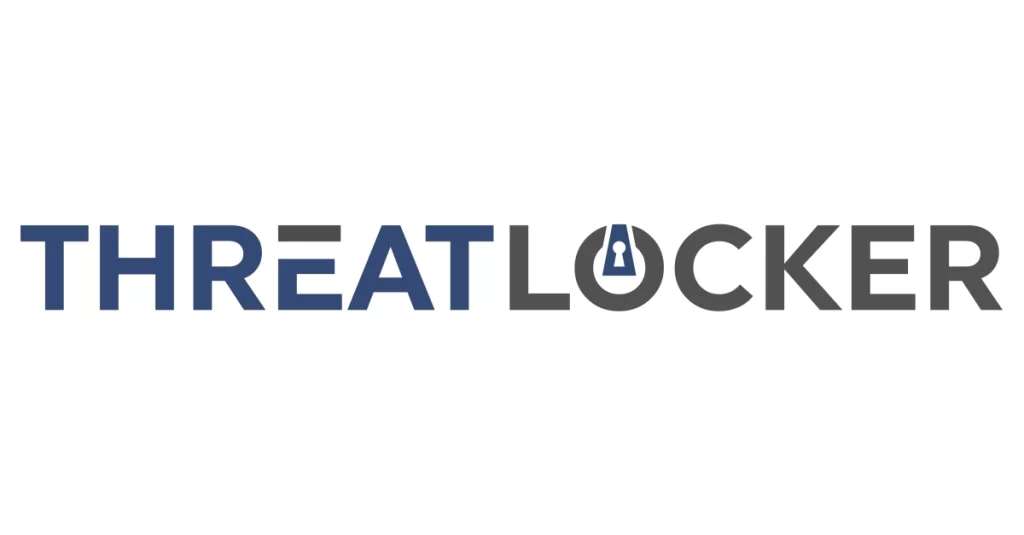A Step-by-Step Guide to Finding Your Product Category and Listing Items on Amazon
Finding Product Category and Listing Items on Amazon
How to Find Product Category in Amazon? Amazon, the marketplace globally provides an unprecedented opportunity for both individuals and businesses to connect with a vast customer base, across the world. Whether you’re a seller or new to the realm of e commerce it is essential to grasp the process of selecting the right product category and effectively listing your items on Amazon. This comprehensive guide will take you through each step ensuring an understanding.
Step 1; Researching Your Product
Before contemplating listing a product on Amazon it is crucial to conduct research. Here’s how you can approach it;
1.1 Market Research; Utilize Amazons own tools like Amazon Best Sellers to identify products across categories. Additionally consider employing third party resources such as Jungle Scout, Helium 10 or AMZScout for in depth market analysis.
1.2 Competition Analysis; Evaluate competitors within your chosen category. Analyze their pricing strategies, product descriptions and customer reviews to gain insights into practices.
Step 2; Creating an Amazon Seller Account
To list your products on Amazon successfully you’ll need to set up a seller account. Here are the primary types available; How to create amazon seller account
2.1 Individual Seller Account; Ideal, for individuals and small scale sellers.
You are charged a fee, for each item you sell.
2.2. Professional Seller Account; This option is perfect for businesses that intend to sell a number of items. You pay a subscription fee. In return you gain access, to additional tools and features.
Step 3; Choose the Category, for Your Product
3.1. Sign in to Your Seller Account; After setting up your seller account log in to Amazons Seller Central.
3.2. Access ‘Add a Product’; Within Seller Central go to the ‘Inventory’ tab. Click on ‘Add a Product.’
3.3. Find Your Product; Enter a few keywords in the search bar and Amazon will suggest categories for your product. Select the one.
Step 4; Create Your Product Listing
Now that you have chosen your product category it’s time to create a listing for your product by following these steps;
4.1. Provide Product Information; Fill in all details about your product, including its title, brand, manufacturer and product identification (such as UPC, EAN or ISBN).
4.2. Determine Pricing; Set the price for your product considering factors such as costs involved competition analysis and desired profit margin.
4.3. Manage Inventory; Specify the quantity of products, for sale.
4.4. Write an Engaging Product Description; Craft an compelling description that highlights the features and benefits of your product while incorporating high quality images to showcase it effectively.
4.5. Choose the method of fulfillment that suits you best;. Handle shipping yourself (FBM. Fulfilled by Merchant) or opt for Amazons fulfillment centers (FBA. Fulfilled by Amazon).
4.6. Take control of your shipping options by configuring rates and delivery times according to your preferences.
Step 5; Take some time to carefully review and double check
All the information you’ve entered before publishing your product listing. Make sure that your listing follows Amazons policies and guidelines. Once you’re satisfied click the “Publish” button to make your product available, on Amazons marketplace.
Step 6; It’s not enough to list your product on Amazon;
You need to promote it for success. Consider using Amazon Advertising optimizing your product listings for search (Amazon SEO) and encouraging customer reviews to increase visibility and build credibility for your product.
In conclusion
Listing products on Amazon can be a venture if you do it right. By researching your product selecting the category and creating compelling listings you can improve your chances of success in the competitive e commerce world. Remember that long term success on Amazon goes beyond listing products; providing customer service consistently and continually improving your listings based on customer feedback and market trends are key factors. Best of luck with your journey, as an Amazon seller!
If you are looking for amazon ates online training – What is ATES in Amazon? – ATESpost, then these link sources may help you out. Additional Information, Go through – How to create seller account on Etsy?



